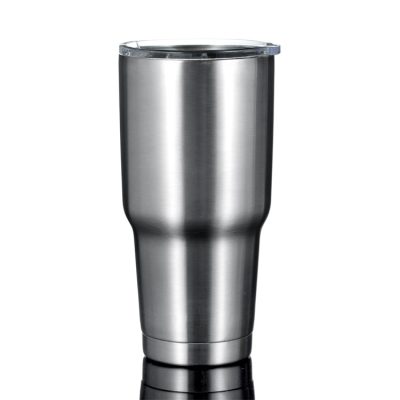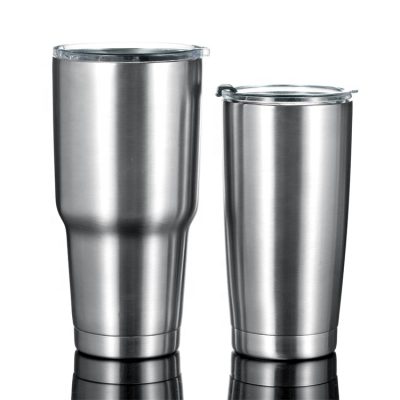In winter, many people use thermos cups to drink water. However, in the market, there are many types of thermos cups, which makes it difficult to buy; however, there are many types of thermos cups in the market. How about quality identification? Below, the editor will tell you how to identify the quality of the vacuum flask, and hope it can help you.
Quality identification method of thermos cup
Simple identification method for thermal insulation performance
Pour boiling water into the thermos cup and tighten the cork or lid clockwise for 2-3 minutes and then touch the outer surface of the cup with your hand. If the cup body is obviously warm, it means that the product has lost its vacuum and cannot reach Good insulation effect.
Sealing performance identification method
After adding water to the cup, tighten the cork and lid in a clockwise direction, place the cup flat on the table, and there should be no water leakage; the screwing of the lid and the mouth of the cup should be flexible and there should be no gap.
Plastic Parts Identification Method
New food-grade plastics are characterized by low odor, bright surface, no burrs, long service life, and resistance to aging. Ordinary plastics or recycled plastics are characterized by big smell, dark color, many burrs, and plastics are easy to age and break easily.
Simple capacity identification method
Thermos cup
The depth of the inner tank is basically the same as the height of the outer shell, and the capacity (with a difference of 16-18mm) is in line with the nominal value. Some low-quality vacuum flasks add sand and cement blocks to the cup to make up for the missing weight. Misunderstanding: A heavier cup (pot) is not necessarily good.
Simple identification method for stainless steel materials
There are many specifications of stainless steel materials. 18/8 means that the composition of this stainless steel material contains 18% chromium and 8% nickel. The material that meets this standard is a green product that meets the national food-grade standard, and the product is rust-proof and corrosion-resistant. The color of the ordinary stainless steel cup is whitish and dark. If it is soaked in 1% salt water for 24 hours, it will produce rust spots. Some of the elements contained in it exceed the standard and directly endanger human health.
How to identify the pros and cons of thermos cups
The quality of vacuum flasks on the market varies from good to bad. How should ordinary consumers distinguish it? Industry insiders suggest that attention should be paid to the thermal insulation performance of the inner tank structure, the degree of sealing between the cup cover and the bottle body, and whether the material releases harmful substances, etc., which can be identified by four methods.
Differentiation of inner bladder insulation
This is the main technical indicator of the vacuum flask. After filling with boiling water, tighten the cork or lid clockwise. After 2-3 minutes, touch the surface and lower part of the cup body. The phenomenon of warming indicates that the inner tank has lost its vacuum degree and cannot achieve a good heat preservation effect.
Identify sealing performance
Fill a glass of water upside down for four or five minutes, tighten the lid, place the cup flat on the table, or shake it a few times, if there is no leakage, it means that the sealing performance is good; also look at the lid and the mouth of the cup Whether the rotation is flexible and whether there is a gap.
Identification of environmental protection of accessories
The environmental protection of plastic parts is also an issue worthy of attention, which can be identified by smelling. If the cup is made of food-grade plastic, it will have a low odor, bright surface, no burrs, long service life and not easy to aging; ordinary plastic or recycled plastic The smell is big, the color is dull, there are many burrs, and the plastic is easy to age and break.
Stainless steel material identification
There are many specifications of stainless steel materials. 18/8 means that the composition of this stainless steel material contains 18% chromium and 8% nickel. The material that meets this standard is a green product that meets the national food-grade standard, and the product is rust-proof and corrosion-resistant. If it is made of ordinary stainless steel cup, the color is white and dark. If it is soaked in 1% salt water for 24 hours, it will produce rust spots. It is said that some of the elements contained in it exceed the standard, which will directly harm the human body. healthy.























